Developing Your Unique Brand
Your brand identity is the essence of who you are. Many interchange the word brand with the logo. And while there are some intersections, a logo is merely a symbol of the business. The brand is so much more. When talking about brand identity, we are talking about who you are, what values you stand behind, and what the overall personality of your company is. If you want to learn a little more about branding, check out our blog delves deep into what exactly branding is.
Why is establishing a brand identity so important? Essentially this will differentiate you from your competitors. If we do think of brand identity in terms of a personality—it is easy to understand then why it needs to be unique. People all have different personalities, right? Businesses are no exception. Therefore, as a company, you need to carefully define that brand. You want it so that when people see something, hear something or think about something, they instantly connect it with your business.
Table of contents:
- ● Developing Your Unique Brand
- ● Cultivating a unique brand identity
- ● What we will cover:
- ● Your brand as the face of your business & Identity
- 1. Establish Your Brand’s Personality
- ● Design Your Brand Identity Around This Personality
- 2. Define Your Audience
- ● Shape Your Brand Around Your Audience
- 3. Design a Great Logo
- ● Avoid an identify crisis
- ● Design Tip: Sometimes less is more with a Logo
- 4. Choose Your Color Palette Wisely
- ● Consider the Psychology Behind Color when Crafting Your Identity
- 5. Choose a Typography That Speaks to Your Audience
- ● Think About Mixing Font Styles
- ● Edit in Design Wizard 6. Use Templates that Promote Your Brand
- ● Pay Attention to Template Details and Fine-tune to fit your Identity
- 7. Focus on The Language Behind Your Identity
- ● Don’t Forget About Tone That Portrays the Identity You Want
- ● Edit in Design Wizard 8. Use Social Media to Help Establish Your Brand Identity
- ● Make Use of All Social Media Real Estate
- 9. Keep Everything Consistent For a Solid Identity
- ● Fallback on Your Templates Here
- 10. Your Brand Identity in Packaging
- 11. Use Your Identity in Email
Cultivating a unique brand identity
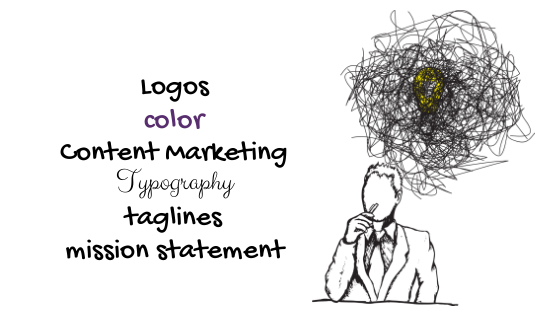
The question stands: how does a business cultivate a unique brand identity? Is it simply a matter of using the same colors throughout your marketing collateral? Consistent content marketing that speaks to your target audience? Is it about drumming that mission and vision statement into peoples’ heads? In many ways, it is all of these things and then some. Below, we will go through some of the methods and strategies you might use to not only create a unique brand identity, but also make sure the public respects it as one that is all your own.
What we will cover:
- Establishing your brand’s personality
- Defining Your Audience
- Designing a great logo
- Branding Colors
- Typography
- Using Branded Templates
- The Language Behind Your Brand
- Establishing your brand with social media
- Keeping things consistent
Your brand as the face of your business & Identity
The face of who you are as a company takes into consideration numerous factors. Your logo for one is a huge part of it. Think of some of the most famous and recognizable logos you know. Coca-Cola, Nike, Apple, Amazon. Their logos are distinctive and as such, you immediately connect that image with that business. Beyond the logo, there are taglines. Again, what are some of the most memorable: America runs on Dunkin’, or how about the ever recognizable “Just do it.”
These also are components of those organizations’ brand identities. There are also less tangible elements associated with brand identity. From reputation to the culture you promote, these are part of what makes up the “face” of the business.
With all that said, let’s jump into the 9 steps towards building a unique brand identity.
1. Establish Your Brand’s Personality

This is perhaps one of the most important steps when it comes to brand identity development. In many ways, a brand is to a firm what a personality is to a person. Personality here will come to influence the tone and style of your messaging for example. It’s important to ensure your brand personality flows through all your business communications, in order to relay a consistent image.
Using a top-quality email signature allows you to show off your brand personality and keep things consistent. How do you determine what type of personality your brand should have? Start by thinking of a famous person, movie, book, show, etc. which embodies how you see your personality. Once you have this in your mind, build off of it.
Design Your Brand Identity Around This Personality
This should very much be the cornerstone of the brand you build. Consider different personality types. From classy to sassy, which best describes what your business is trying to do? Nail this down and then ensure all relevant materials align with this personality type.
Doing some research can help. As with anything, a little homework never hurt anyone. Look at your competition—what do they bring to the table as far as personality? Look at metrics and data, what are consumers drawn to? The more information you use to create your brand personality, the more effective it stands to be.
2. Define Your Audience
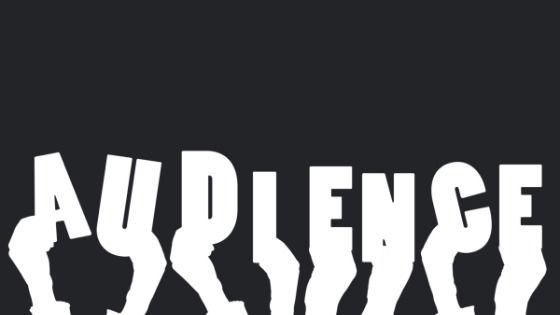
Your brand to some extent needs to be influenced by your core demographic. In other words, who is your target audience and why should they care about your specific brand? If for example, your product is geared primarily toward Baby Boomers, keep this in mind in creating your brand. The voice of your brand should appeal to that age group. Versus, for instance, a service or product that would be more suited to teenagers.
Shape Your Brand Around Your Audience
That means that from the colors you choose, to logo design, to messaging, every part of your brand’s identity needs to be relevant to your central audience. Many companies spend a lot of money determining what their audience wants. Customers after all keep you in business. So think with them in mind in terms of brand design.
From feedback surveys to phone calls…One of the best ways to get to know your audience is to reach out to them. You might use customer feedback tools like Usersnap. Or by the same token, it certainly can’t hurt to simply call people up and ask for their feedback regarding your brand.
3. Design a Great Logo
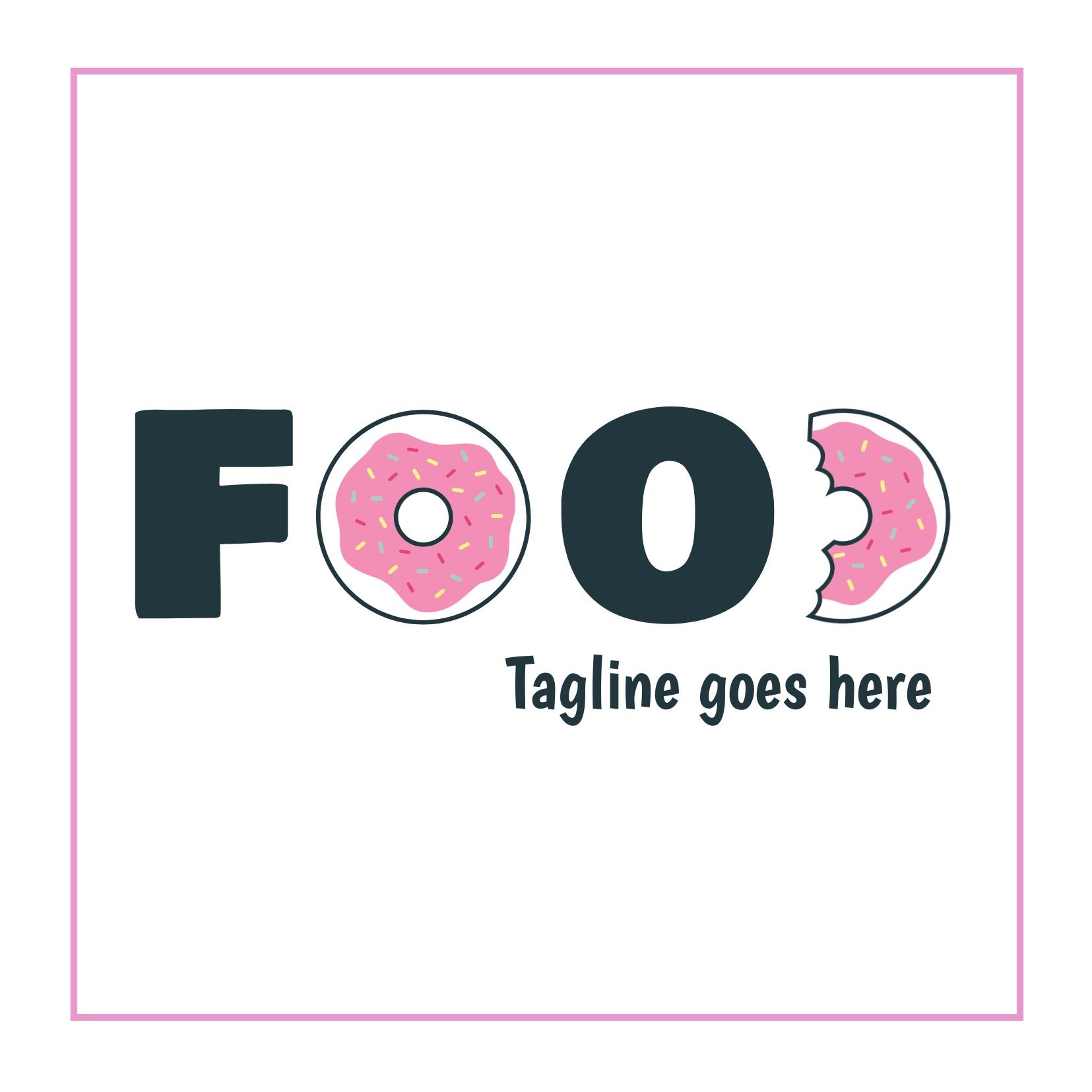
This one is key. The importance of a good logo can’t be understated here. Your logo is a big part of your brand identity, adding to all aspects of the brand. We’ve discussed personality—your logo should help to convey this.
Your logo needs to integrate your color scheme as well. In some ways, it has to bring together many pieces of the brand puzzle. So you want to spend some time on it. Make sure it is truly reflective of who you are.
Avoid an identify crisis
When you are designing your logo, it can be tempting to creating something way out there in an attempt to make a lasting impression on whoever sees it. This is a great idea but should be carefully considered how your logo will fit into your overall brand’s identity. Make sure the elements of your logo, such as font and color, match nicely with the rest of your branding.
Design Tip: Sometimes less is more with a Logo
Everyone has seen over-the-top logos. And while in certain situations, for certain businesses, this might work, more often than not it could backfire. Avoid overly complex logos that only serve to confuse consumers. In developing a logo, keep in mind that it should walk the line between being memorable and evoking emotion.
Again, think of some of the more familiar logos you know—how do they evoke emotion? What types of emotions to they trigger? Think about such things as you work on designing your own. If it becomes too complicated it is harder for consumers to relate to.
Think about display options. In other words, how will that logo be used? How will it look on your website, in an app, on any marketing materials, business cards, etc? This is also why simpler tends to be a good route to go.
4. Choose Your Color Palette Wisely

Hand in hand with logo design is the color palette you opt to go with. Again, color much like your logo is another element that evokes emotion, so choose carefully. You want that emotive connection with audiences. In choosing your colors, you want to select those which people already associate with your company. If you don’t yet have an established palette, think about what type of colors work well with your overall identity. For example, Coco-Cola makes good use of that bold red. Or Amazon and their trademark blue arrow. Within the grand color scheme of things, there are of course various shades. So you might choose to not only pick out 1 or 2 primary colors, but also consider the different shade options.
Consider the Psychology Behind Color when Crafting Your Identity
Many studies have been done linking certain colors to the emotions they elicit. Red tends to inspire a more emphatic passionate response. Blue shades are often very calming. Green many associate with dependability and reliability. This is why knowing your brand personality is helpful. The colors should logically connect.
Feedback here might be useful. As with any stage of brand identity development, feedback always helps. Poll a group of customers; get their thoughts on your current color palette. Maybe they have useful ideas as far as how you might tweak it and make it even more relevant to your identity.
5. Choose a Typography That Speaks to Your Audience
The typography you use in all marketing materials is every bit as important as say color or logo. The style of writing you choose says a lot about the company and what it stands for. Remember, fonts are quite powerful.
You might even think about having a customized font developed for certain elements—this could go a long way toward cultivating your unique brand identity. Rule of thumb here: keep it simple. Ornate or complex fonts tend to turn consumers off.
Think About Mixing Font Styles
There’s nothing that says you have to stick with a single font or font style throughout. Contrasting various styles—the bolder with the classier—could lend an interesting vibe to your brand. Just make sure that whatever you bring together in terms of typography makes sense. Whether they are fonts for your logos or your website.
Always think about alignment. How you align text, whether on a website or in a brochure, is important. People naturally read a certain way. Is your overall text making it easy on them to this end? Left alignment is most common for just about any piece you put out there.
Edit in Design Wizard 6. Use Templates that Promote Your Brand
You obviously send out emails. You probably have brochures that on occasion are distributed. Even business cards to this end follow a certain template. You want to have a set series of templates and this way maintain that consistency in terms of your brand across all relevant collateral. If you think about it, when people open an email and see a uniform design, such that they’ve received before, they instantly connect this to you.
Use a template to make life easier on you and to promote more cohesive brand identity. You can also create templates with Stripo, where you can generate Brand Guidelines automatically to make sure that all the templates are brand-consistent.
Pay Attention to Template Details and Fine-tune to fit your Identity
You need to account for every little detail of that template. Overlooking on components can signal to audiences that something is slightly off. Even the email signatures, for instance, should be consistent across the board. Using email signature marketing as a part of your email strategy not only makes your emails look more unique and branded but also increases your CTR.
7. Focus on The Language Behind Your Identity
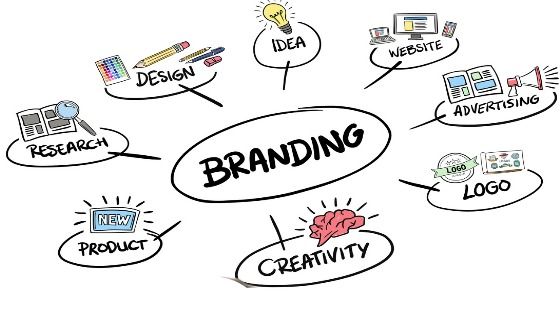
Messaging is what helps to build brands. We talked briefly about the famous taglines. The thing that works with those companies is that the language that follows (in whatever they put out) is on point. So if yours tends to be a more fun brand, use language that follows suit. If you deal with higher-end clients, use more professionally grounded language.
This is where knowing what your brand’s personality is can help you to determine the tone and style of language that you should be using.
Don’t Forget About Tone That Portrays the Identity You Want
Style is important. So is paying attention to the writing in general, but the tone has a huge impact on the creation of your brand. What is tone? Think of tone as the attitude. If your “attitude” is more casual, this will come to define the overall brand, whether you intended it to or not. Pay attention to the tone you are using throughout your marketing materials.
Edit in Design Wizard 8. Use Social Media to Help Establish Your Brand Identity
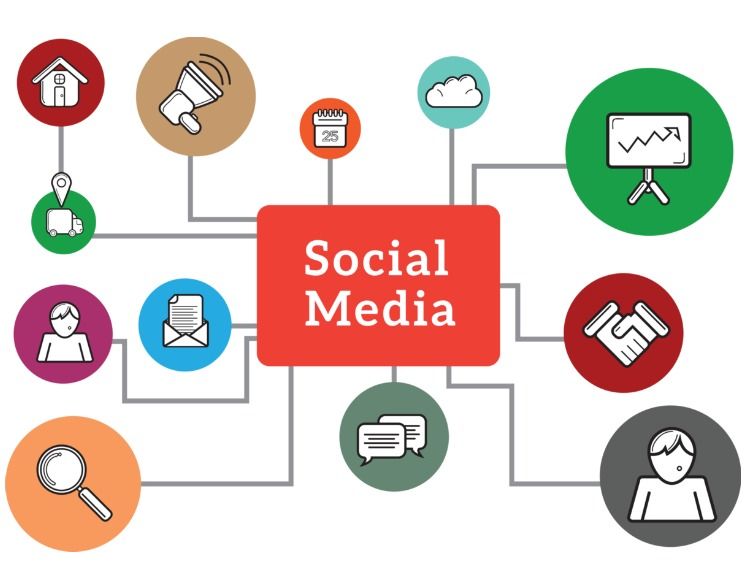
We have discussed some of the elements involved in developing your unique brand. How about the ways that you reinforce this identity? Social Media is one of the best means you have of getting your brand out there.
It offers a more personal form of interaction than your website. You want to be engaging consumers directly on your social media platforms. Make them comfortable with who you are and ultimately, with your brand identity.
Make Use of All Social Media Real Estate
From your Facebook cover photo to your Twitter handle, ensure that every single piece you upload/use/display makes sense in terms of your brand identity. These platforms offer a tremendous opportunity for you to extend your brand’s reach. And at the same time, you can reinforce the different elements associated with that brand.
Don’t let the platforms sit stagnantly. If a customer leaves feedback or comments on something, most definitely engage with them. This is how you build up followers. This is also how you help to bolster your brand’s overall reputation.
9. Keep Everything Consistent For a Solid Identity

Whether promoting your brand on your social media channels or in more traditional forms, you want to be sure that everything is consistent. Consistency is key here. You’ve done all this work to develop a unique brand identity, now make sure you spend the time drumming it into peoples’ heads. The big names, the memorable companies, are experts at this. They don’t waver when it comes to staying on message and on-brand. You need to do the same. Stay on message, keep everything consistent, and deliver what consumers expect.
Fallback on Your Templates Here
We talked about templates; they go a long way toward helping you keep the consistency level up. That said, there may be some things that you have to change depending on the media/channel. If this is the case, still try and keep a recognizable thread running through everything.
10. Your Brand Identity in Packaging
Paying attention to the smaller details can be a great way to make your brand stick out. Using branded packaging can be a nice touch that, if done correctly, will be appreciated by the end-user. Having your logo, brand mark, or even using your own distinctive brand font for any lettering on the packaging can make all the difference, making a great first impression on whoever received on of your products in a nice branded package.
11. Use Your Identity in Email
Having your brand signature and logo contained in your email is another great way to reinforce your brand identity with your customers. Simply including your branding will allow your consumers to know who the email is from at a glance. You can also you branded email banners to and templates to make your emails look unique to your brand.

anne carson
Anne is a former English professor turned content writer. Holding a PhD in Literature, she spent almost a decade in academia putting that degree to use, until finally realizing it wasn't exactly the best fit. A full-time writer, she's learned a great deal about the numerous subjects. She knows a lot about design trends and design templates. A mom of five (two teenagers and three dogs).




